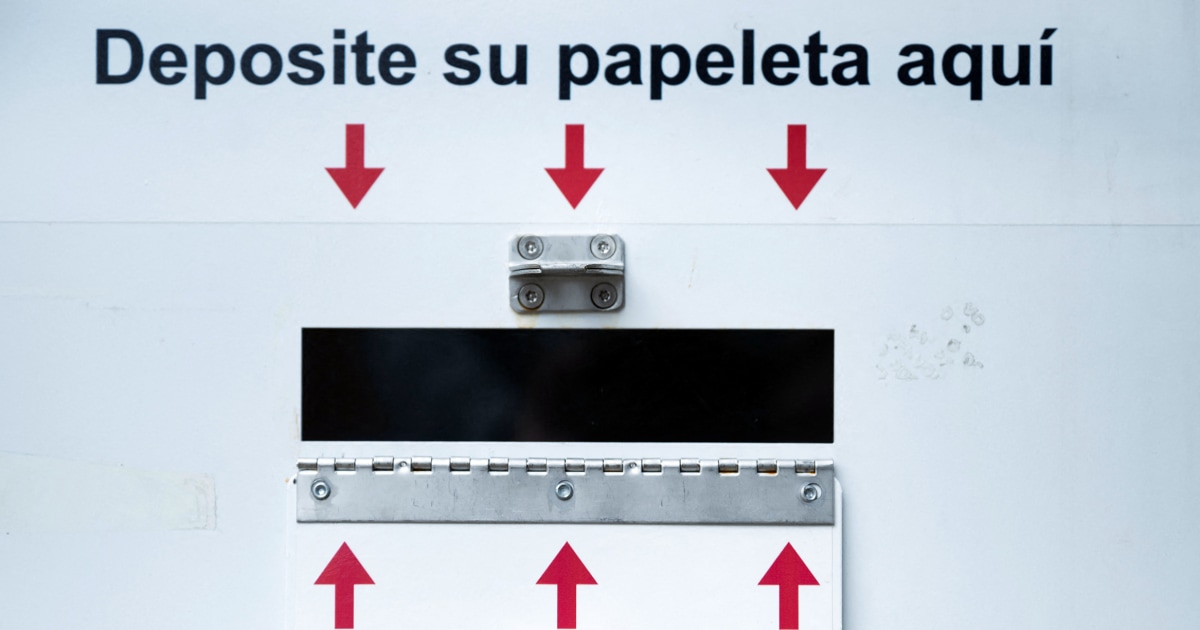The U.S. House could have a record number of Latino members after next week’s election, with one Latino group projecting they will grab as many as 45 seats.
Currently, 38 members of the House are Latino.
“We think we’ll have a very robust new class of Latinos overall,” said Arturo Vargas, executive director of the National Association of Latino Elected and Appointed Officials (NALEO) Educational Fund.
To reach that number, 34 Latino incumbents would have to be re-elected or be succeeded by a Latino, and 11 Latinos running for seats not held by Latinos would also have to win.
If that happens, “Latinos could be more than 10%” of the 435-member U.S. House of Representatives, Vargas said.
Hispanics are the largest racial and ethnic minority group in the country. They numbered 62.1 million in the 2020 Census, or about 19% of the U.S. population.
Vargas also projected that Latinos are likely to turn out for next week’s elections at levels similar to their record 2018 turnout.
Nearly 11.7 million Latinos voted in the 2018 midterms, a 73% jump from 2014. NALEO projects about 11.6 million Latinos will vote in the Nov. 8 elections.
“One of every 10 U.S. voters is expected to be a Latino or a Latina in 2022,” Vargas said.
Vargas said modeling by NALEO based on the past five midterms showed a likely drop in voting by non-Hispanics.
The states of Arizona, Colorado and Nevada have competitive Senate races and races for state level offices. Latino turnout in California, Florida, Illinois, New Jersey, New York and North Carolina should be about the same as in 2018. NALEO’s modeling showed Latino turnout is likely to be lower in Texas, down 6.4% and New Mexico, down 9.8%
There are 34.5 million Hispanics eligible to vote this year, but in recent elections about less than half have voted. About 2 million Latinos have turned 18 since 2020, according to the Center for Information Research and Research on Civic Learning and Engagement.
NALEO’s latest installment of its nine-week tracking poll shows continued problems of outreach to Latinos. About half nationally said no one had reached out to them to ask them to vote. Contact of Latinos was highest in Arizona, where 57% of Latinos said they’d been contacted, and lowest in Texas, where 48% said they had been.
Democrats did the most outreach, with a highest share seen in Texas, where 70% of Latinos said they had heard from Democrats. The highest share of Latinos to hear from Republicans was in Florida, 43%, but 55% heard from Democrats.
“In order to see more turnout in Latino voters, we need to see sustained mobilization and investment in mobilizing the Latino vote as the eligible electorate grows,” Vargas said. “Let’s keep pace with this growth and candidates and parties need to invest.”
Follow NBC Latino on Facebook, Twitter and Instagram.
Share your story or advertise with us: Whatsapp: +2347068606071 Email: info@newspotng.com














